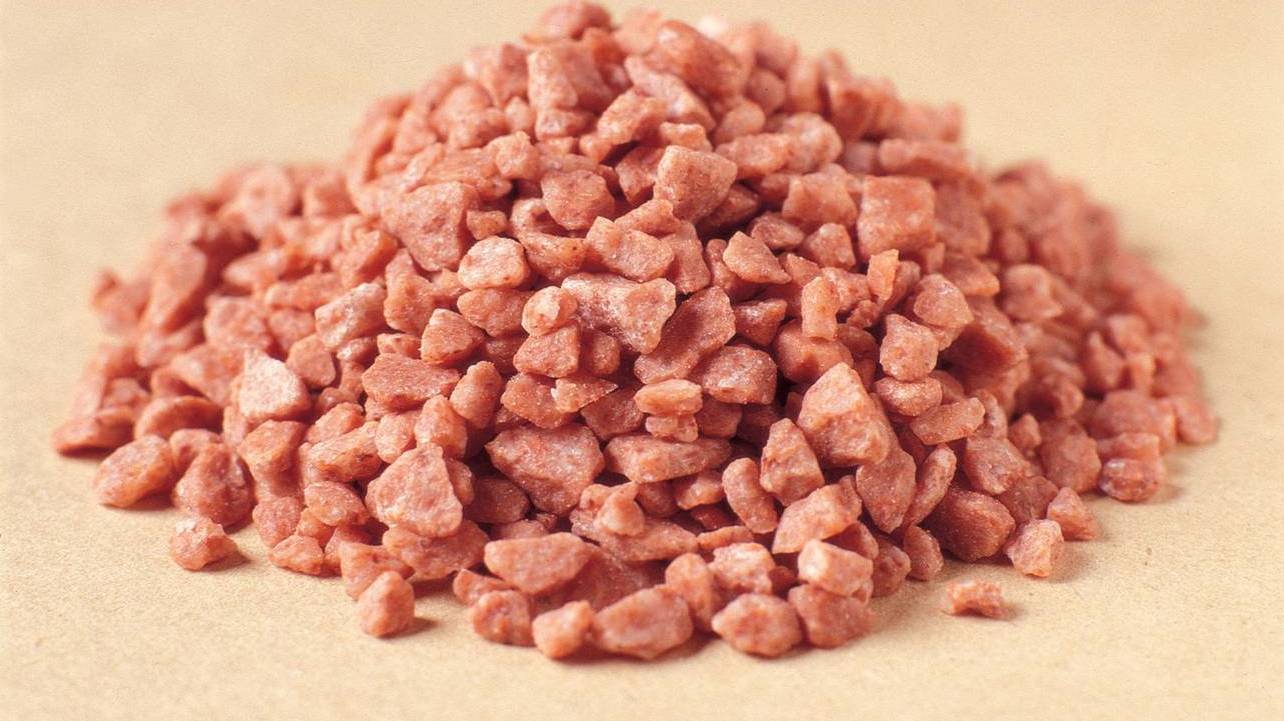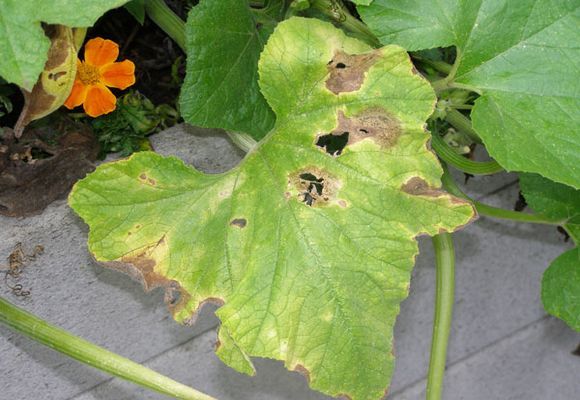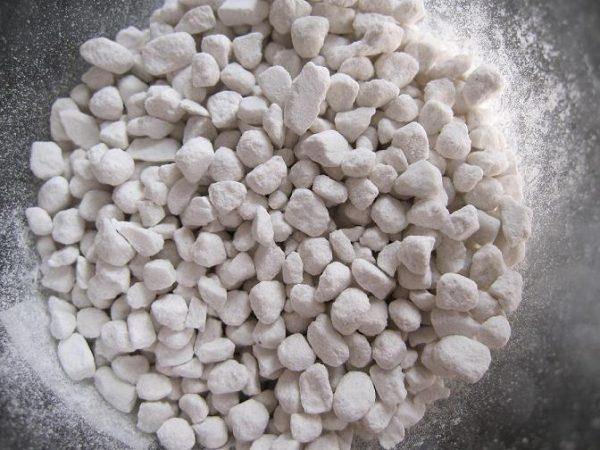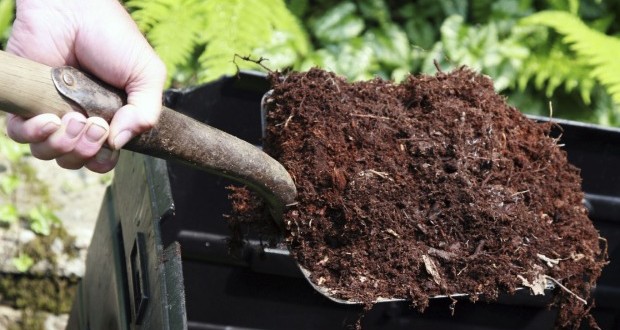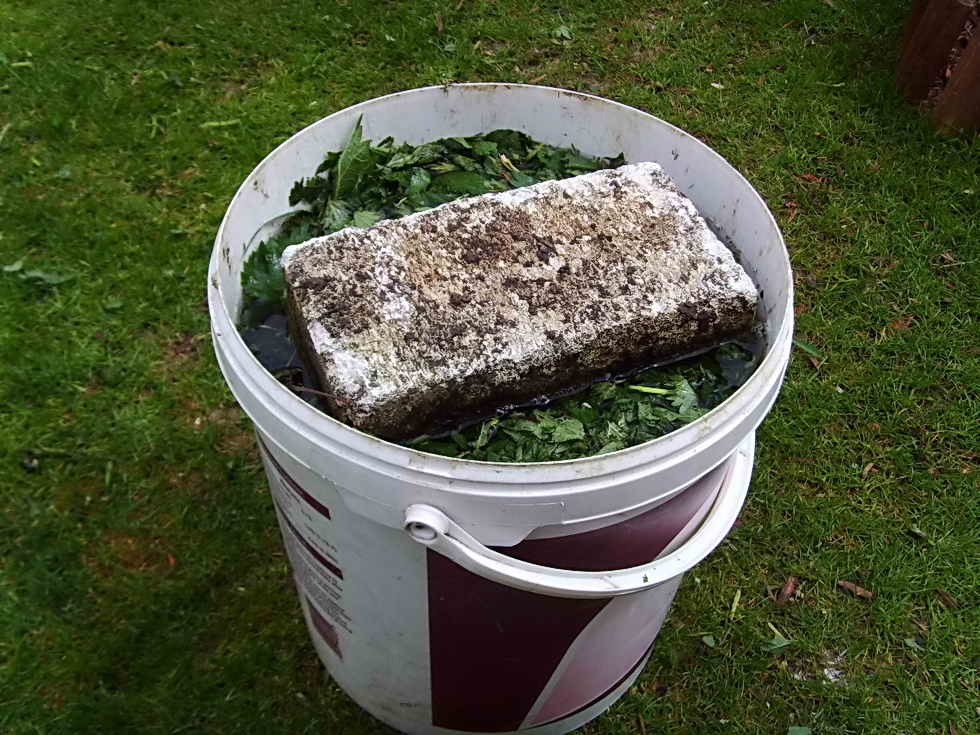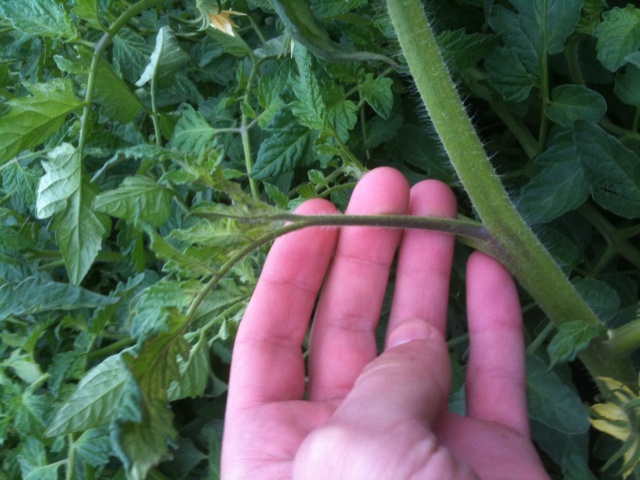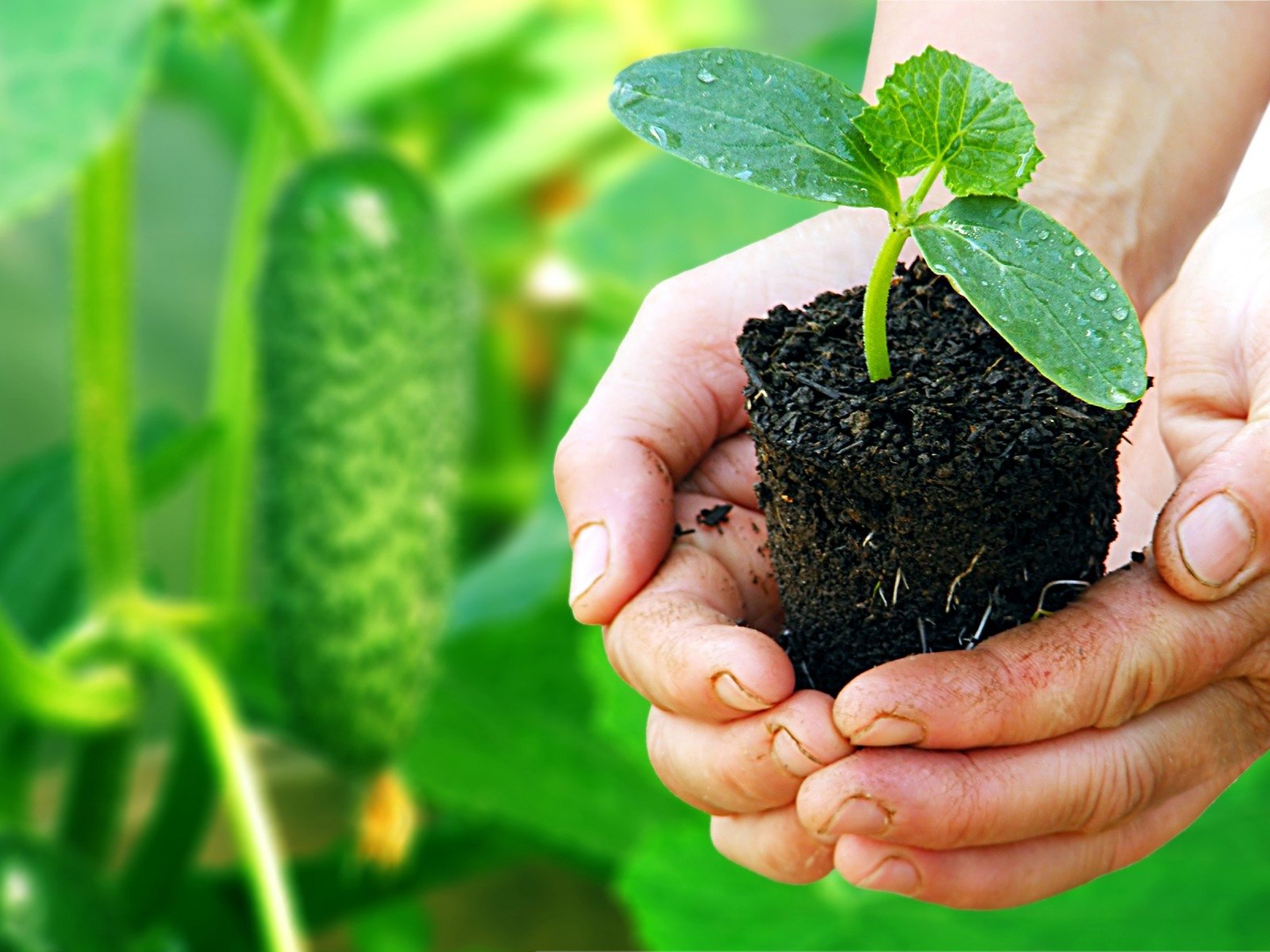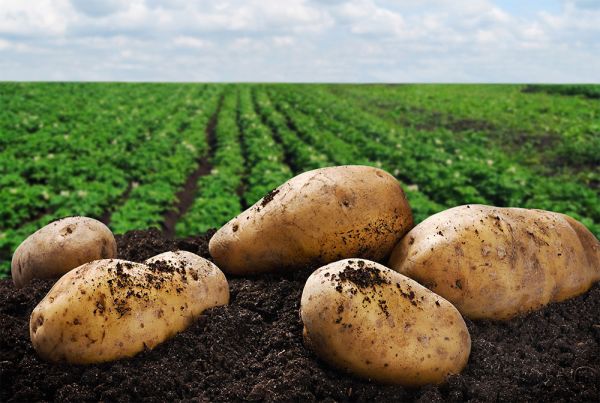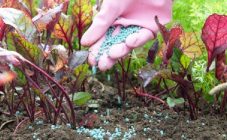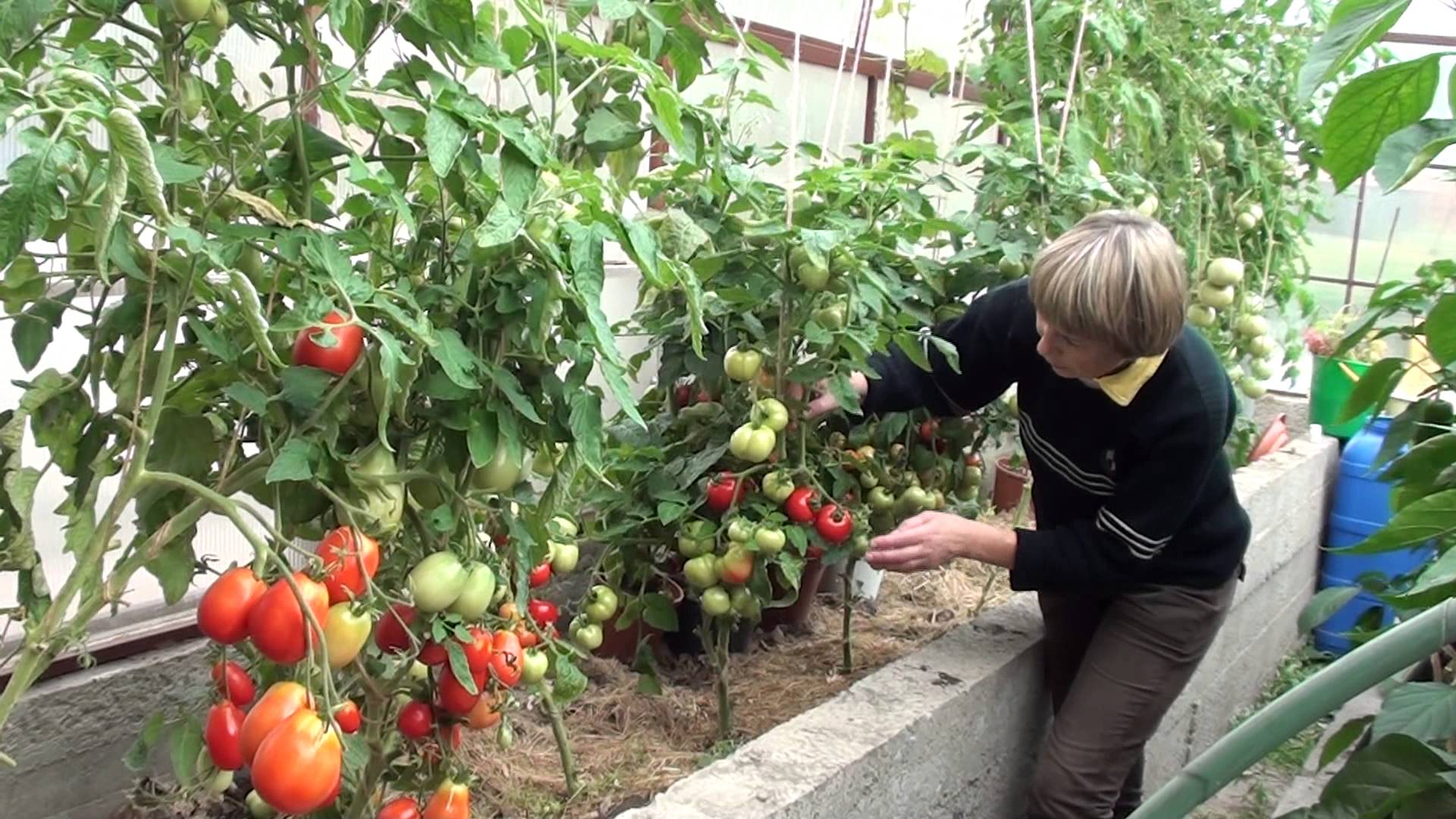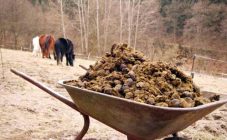Content:
It is impossible to quickly determine which feeding is required for cucumbers or tomatoes. It depends on the composition of the soil, on the climate, on the plants that grew in this place last year.
Role of trace elements
- When transplanting seedlings into open ground or into a greenhouse, the seedlings should be in fertile soil. They first need a lot of nitrogen to grow greenery. If it is in the ground, then the vines and foliage will be bright green, there will be no spots on them. Its lack leads to the fact that the bushes look faded, weak, they grow poorly, even if there is enough potassium and phosphorus in the soil.
- Phosphorus helps the roots grow. When the crop grows in the garden, the root system transfers nutrients and water to the stems and foliage. The condition for a successful harvest of green leaves is a powerful, healthy root system so that it can deliver potassium to plants, which contributes to the growth of tasty green leaves.
- The bushes are fed with fertilizers with potassium when buds appear. Since the number of ovaries and the taste of greens depends on potassium in the soil, it is very necessary during the fruiting period.
What trace elements do cucumbers need?
Like all crops, cucumber needs nitrogen, potassium and phosphorus. These are the main elements, without them growth will be slower. If crops are planted annually on the site, the land will be depleted over time, the plants will not be able to grow leaves, and fruits will not set. The ovaries will begin to crumble, and the culture will dry out or get sick. If you feed it before the formation of greens, you can harvest an excellent harvest.
Also, the bushes require trace elements: magnesium, copper, sulfur and others. With a lack of magnesium, plant growth stops, wrinkled yellowish specks appear on the leaves. With a lack of sulfur, the culture grows very slowly, the stems become thin, they can break.
Spraying the bushes with copper sulfate reduces the risk of diseases, for example, cucumber mosaic, and also saturates the plants with copper. With a lack of copper, the leaf surface becomes pale, the vine weakens.
If your cucumbers lack potassium
If the gardener in the fall introduced phosphorus into the soil, and nitrogen in the spring in sufficient quantities, but after planting:
- foliage began to dry at the edges;
- it has acquired a bluish tint;
- young leaves became curly, irregular in shape;
- deformed greens - all these signs indicate a strong lack of potassium in the bushes.
That is, the gardener has time to discover the problem and understand the cause.
When to apply potassium for cucumbers: soil preparation
If in the spring the soil was not fertilized with urea, then the leaves do not grow, therefore, the introduction of potassium will not be able to help the plants bloom and set fruit;
If phosphorus was not added during digging in the fall, because of this, roots do not grow in the culture in spring, even if there is enough urea.
Therefore, you can purchase a complex mineral fertilizer and feed the greens according to the instructions in spring and autumn.
Of course, it is better to prepare the land in the fall when digging, since:
- Potassium cannot be completely washed out of the ground during the winter.At this time, it dissolves and transforms into a form easily assimilated by plants.
- The manure overheats in winter, so in the spring it will not burn the roots.
- Fertilizers with the presence of chlorine will not harm the culture, since chlorine has time to evaporate from autumn to spring.
Top dressing: which species are better
If the cucumbers lack potassium, how to feed them?
Potash fertilizers for cucumbers are divided into organic and mineral.
The name of the most widely used top dressing is potassium sulfate. It is produced from the mineral whisper, it dissolves perfectly in the ground. They are small white granules in appearance. You can make a solution from fertilizer or sprinkle it and dig up the soil.
Potassium sulfate for cucumbers feed the earth:
- peat;
- lime;
- sand;
- loam;
- black soil.
It is not advised to use potassium sulfate on salt licks, because they already have enough natural mineral fertilizers.
Potassium sulfate is applied in autumn, spring, when plants are blooming. When blooming buds, fertilizers are applied on foliage.
Experienced gardeners do this:
- in the fall, potassium is scattered over heavy clay soil and dug up the soil;
- and in the spring potassium is added, if the soil is light - sandy or sandy loam;
- in autumn and spring, if the soil is peat;
- spray the culture over the foliage with a potassium solution.
In autumn, scatter 30 g of potassium sulfate per 1 m² and dig up the soil to the depth of a shovel. After showers and snow will dissolve the fertilizer.
Fertilizers should be applied depending on the type of soil. You also need to carefully consider the landing:
- what color is the foliage;
- number of flowers;
- whether ovaries have begun to appear;
- what form of zelentsy - normal or deformed.
Root
Root dressing is performed with a diluted composition or dry granules of potassium sulfate. To prepare the solution, you need to take 10 liters of water (bucket) and pour 2-3 tablespoons of granules, stir and water the bushes. Watering leads to faster results on lighter soils.
Foliar
If the soil is heavy loamy, then it is better to spray the culture with potassium solution over the leaves. To do this, it is necessary to breed 1.5-2 tbsp. tablespoons of potassium sulfate in a bucket of clean water. The bushes should be sprayed very early in the morning or in the evening, when the sun has already set, then the leaves will not be burnt. It is better to do this on a day without rain.
How to feed
Organic contains quite a lot of potassium for cucumbers.
This could be:
- mullein or chicken droppings;
- wood ash;
- infusion of rotted nettle, another herb.
Cow dung or chicken droppings can be used to make compost to feed your bushes. To do this, dig a hole, place in it:
- manure;
- vegetation;
- land;
- food waste - cleaning from potatoes, carrots, beets, bread, yeast;
- you can pour in Baikal, it makes the process of overheating more active.
Compost
A common method of feeding is composting. He overheats for quite a long time, up to 9 months. If it is difficult to make a compost pit, then you can sprinkle fresh manure on the ground in the fall and dig it up. During the winter, manure rots, this is done by soil microorganisms, and in the spring the feeding will be absorbed by the roots.
Over-matured compost can be added in the spring. You can also infuse a solution of fresh manure.
Pour 2.5 kg of cow dung into a bucket of clean water. Then leave to ferment for 3-4 days. The composition must be stirred from time to time so that the ammonia erodes. Then you need to dilute 1 bucket of manure solution - pour in 4 more buckets of clean water. Water the planting with this means.
Ash
Wood ash contains a large amount of potassium. It can be obtained by burning rye straw. For feeding zelents, it is required to scatter 5 kg of ash per 1 m².
Folk recipes
You can also use the traditional fertilization method, making herbal infusions.
Potassium for cucumbers, home remedies are infusions of rotted nettle, dandelion, or other herbs.
Nettle infusion
The nettle is mowed before seed formation. The culture must be healthy. To make an infusion, you need to cut the stalks of the nettle, place it in a barrel, add stale bread, crackers, yeast there. The barrel should be filled with vegetation and bread by ¾, pour in water, but do not top up, as the composition will ferment. Leave on for 3-5 days. Stir the infusion daily. To prevent the composition from emitting a very strong unpleasant odor, you can drop 4-6 drops of valerian into it. Yeast can act as a catalyst to speed up fermentation. Then you should strain the composition, pour 10 parts of water into 1 part of the composition and water the plants once a week.
Infusion of nettle and dandelions
You need to collect nettles and dandelions even before the seeds appear, dry them a little, cut them. Fill the barrel 1/8 full with grass. Pour in 10 liters of clean water, add 1 teaspoon of humate for cucumbers. Leave on for 4-5 days. Then strain, add ash or 100 g of Cinderella to 10 liters of infusion. And feed the bushes. It is required to pour the composition under the root.
Infusion of other herbs
In addition to dandelions, other herbs can also be used as a green fertilizer: dangling stepchildren from tomatoes, wormwood, chamomile, and yarrow. True, there are crops that are not suitable for making green fertilizers. This is a field bindweed, as it is a poisonous plant, during fermentation it releases toxic substances. Cereal plants are not yet suitable, they can be converted into alcohol during fermentation.
Top dressing of bushes with chemistry
Chemistry is also used for fertilization. Instead of potassium sulfate for cucumbers, you can take potassium nitrate. In addition to potassium, this fertilizer also contains N₂. Therefore, it is better to use this dressing in the spring, as foliage will grow intensively when applied in summer. As a result, a small number of flowers will form, and there will be few zelents.
Potassium humate for cucumbers should be diluted with water and water the beds.
Monopotassium phosphate: application for cucumbers
Pour 15 g into a bucket of clean water. This solution is sufficient for 3-5 bushes. It is important to strictly follow the instructions for using potassium monophosphate for cucumbers. Its excess is harmful to plants.
In the spring, 10-12 days before planting, you can add complex fertilizer to the soil. You can also use nitrophoska, nitroammofoska, Kemira, Rososol. You need to mix fertilizers strictly following the instructions. In this case, you should observe safety precautions - wear gloves, a mask.
Potassium contributes to the formation of smooth greens with a good presentation and excellent taste. Because of this, when blooming buds, you should feed the plants with fertilizers containing potassium. But do not forget that plants need balanced feeding, that is, to introduce more nitrogenous and phosphorus compounds. And prepare them strictly following the instructions.
